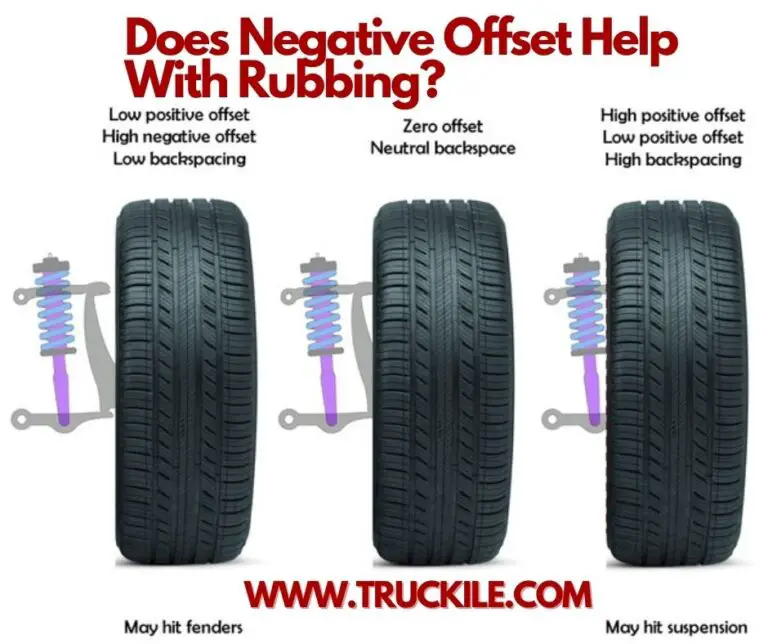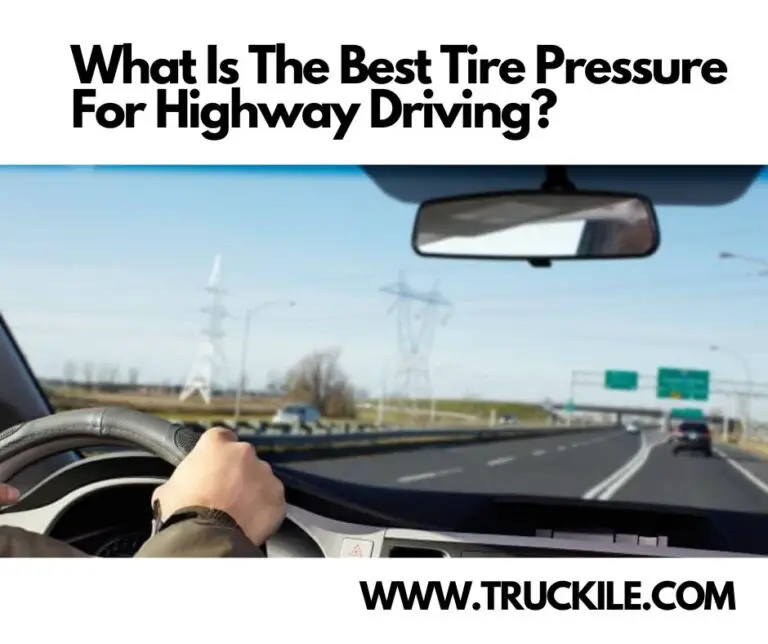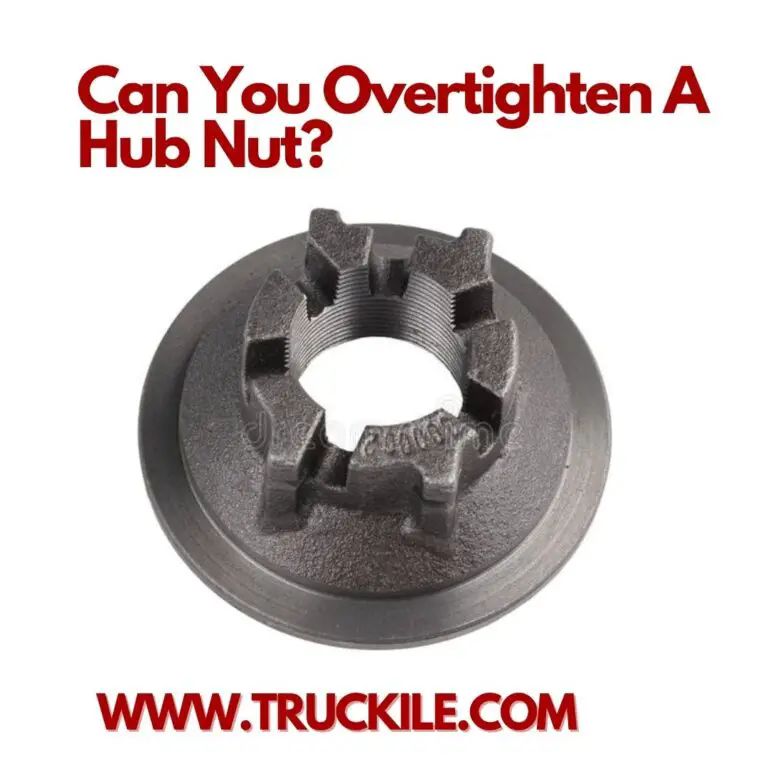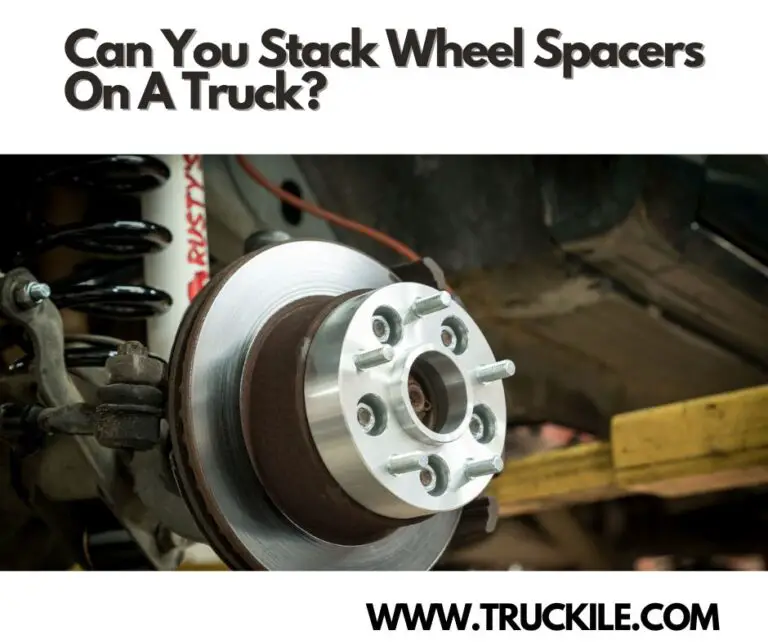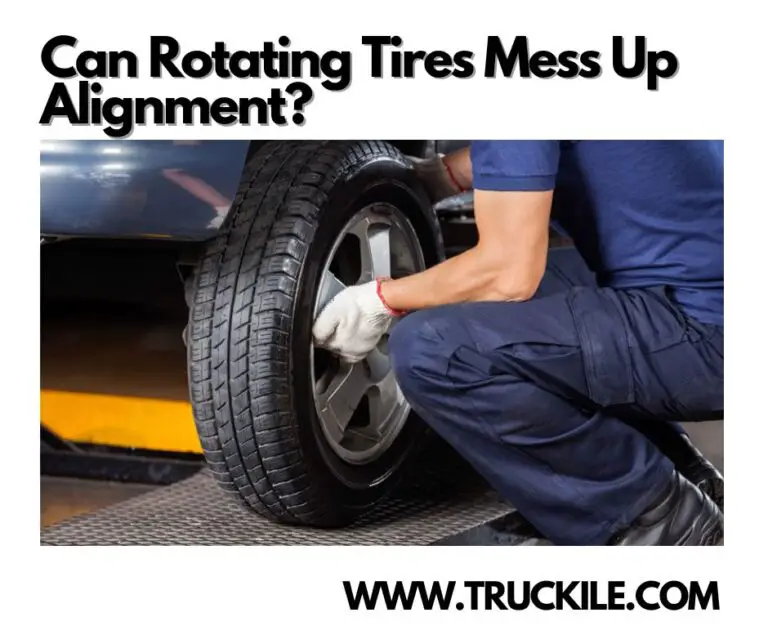How Much Does A RIM Cost At A Junkyard?
Giving your car the look that suits your taste doesn’t, in any way, mean you must take out huge money from your pocket for new rims. With just a little searching, you can often locate these parts in their excellent condition at Junkyard for an amazing and attractive price. In this article, we’ll focus the limelight on giving a response to the question — How Much Does A RIM Cost At A Junkyard? — and the extra steps you must follow to ensure that the rims you buy at Junkyard are a perfect fit for your vehicle.
Ready? Let’s dive right in.
How Much Does A RIM Cost At A Junkyard?
Aftermarket rims are generally cheap at salvage yards like probably $150 and all this is assuming no tires or completely worn-out tires. You can spend anywhere from $100 each to $2000+ each. For a standard streetcar, you don’t need the most expensive unless you just want them.
Product Recommendations:
- OE Wheels LLC 20 Inch Fits Chevy Silverado Tahoe GMC Sierra Yukon Cadillac Escalade Style CA82 20×8.5 Rims Chrome SET
- OE Wheels LLC 22 Inch Fit Chevy Silverado Tahoe GMC Sierra Yukon Cadillac Escalade CV43 Black 22×9 Rims Hollander 5666 SET
5 Tips On How To Buy Car Rims From A Salvage Yard (Junkyard)
1. Find The Right Size
Make sure you study the manual of the vehicle in order to not just be in the know of the recommended OEM rims, but to also be in the know of their size. If you discover that the used rims barely match these dimensions, they can be the reason why you experience vibrations and instability while driving. When you carefully look for the one that matches the specifications, you will definitely enjoy a safe and smooth ride.
2. Inspect For Imperfections
Have you seen a rim that has corrosion or/and cracks? Such rim has a huge risk of causing something called “tire blowout.” You may be wondering, “what’s a tire blowout?” A tire blowout is simply the sudden loss of air pressure in any inflatable tire, sometimes accompanied by the sound of an explosion.
Let’s look at a few causes of a tire blowout:
• Road Damage
For a tire, the road is seen as a dangerous place. Potholes and debris don’t waste any time in wiping out a tire — and they cause this damage faster than any other thing would. You have a high tendency of blowing out a tire whenever you hit a pothole or mistakenly run over a very large object. Anything that can be the reason your tire gets blown is if you run over a nail, glass, over even hit a curb. If your tires are worn already, they’re susceptible.
• Too Much Weight
The vehicle you drive comes with weight restrictions just the same way semi-trucks do. If you haul your vehicle with too many loads, your tires receive undue stress. If you discover that your tires are beginning to have uneven tread wear, which comes into play when you fail to rotate them frequently, the weight can be why the weakest tire blows out.
• Punctures
Sometimes you’ll go over a nail, and for months, you don’t realize it — until it blows up as a result of what’d been going on right inside it. As air is let out at the area where the nail punctured, your tire becomes weaker. Over time, the effect of the nail wears down the tire’s sides and it’ll eventually blow — if you hesitate when it comes to getting the nail removed and taking the tire out for repair.
• Low Air
You see this? This is exactly the reason why tires — the ones that are under-inflated — imposes a huge risk, a risk that could lead to a “blow out.” Let’s get back to the nail example: you should always have it in mind that low air pressure in a tire can cause wear — wear on both sides. The sides of those tires you use are quite thinner than the thread which meets the surface of the road. When there’s low air pressure, weak spots are created. Weak spots are the pathway through which the air can freely blast through.
• Uneven Tread
It’s possible that you have harbored the thought around “I have to get my tires rotated,” when we made mention of it in one of the afore-paragraphs. Ensure you get your tires rotated, when you discover that they’re overdue for a rotation. If a tire isn’t rotated, following the recommendation of the manufacturer, it wears down quite unevenly. This — the uneven tread wear — increases the blowout risk of your tire.
• Old Or Defective Tires
If you see that your tires have become old, and they’ve reached the point of being replaced, don’t fail to replace them. You know why? Because if you do, you’re just saying to your tires “please, blowout.” If they’re defective, which can be the case, they are likely to blow out as a result of the error from the manufacturer. Make sure you go through the stress of inspecting your tires every 6,000 miles in order to ensure A-okay and honor any recalls.
Moving on, there’s something called “bent lips.” These, on the other hand, have the ability to impair brake performance. Bent lips can also cause a reduction in the tire pressure. If the damage isn’t big, restoring the rim may be something a skilled professional would be able to do. And, when the restoration is done, the investment in it may just be worth it.
3. Look At The Bolt Pattern
Maybe, you have been wondering what the bolt pattern refers to; well, it simply refers to the arrangement of the lug holes on the rim. You might be asking yourself, “what are lug holes?” Well, according to Wikipedia: “A set of lug nuts is typically used to secure a wheel to threaded wheel studs and thereby to a vehicle’s axles.”
There’s a tendency that these patterns would vary, depending on the automaker. Take a look at the rims used on the car your drive, and ensure that those new rims you’ve purchased match pretty well.
4. Roll On The Rim
Now, you may see a rim and think that it’s completely damage-free — because it seems okay, judging from its looks. You need to understand that it may be a herculean task to spot some issues. In order to check the rim for hidden problems, problems like bending, take the rim to a flat surface and roll it right on that flat surface.
If you find out that it wobbles, don’t think twice about looking for an alternative, so you save your car from possible damage it can encounter down the road. If it rolls smoothly, then you know it is in working order.
5. Stay Mindful Of Discoloration
If the rims you bought appear spotted, faded, or off-color, there is a huge chance that the clear coat of the wheel was compromised. When this happens, there’ll be an exposure of the metal to road salt, dirt, and moisture which can lead to corrosion. If the color looks like something that’s new, it’s much likely that the rims are well-protected from the various potential causes of damage.
Frequently Asked Questions (FAQs)
Are Old Tire Rims Worth Anything?
It depends on the condition of the rims though. Your rims and tires can fetch you a few bucks at a recycling center. That local retread facility close to you will not accept all tires, but when they do, they often pay. Upcycle your rims and tires. Upcycling is a form of recycling where you make the aged product more valuable than before.
How Much Is A Wheel From A Junkyard?
You can get aftermarket rims at salvage yards for as low as probably $150 and all this is assuring there are completely worn-out tires or no tires at all.
Are Wheels And Rims The Same Thing?
Wheels and rims are two terms for the same thing. The metal cylinder that gets rubber wrapped around it to make the car go. The rim is technically part of a wheel.
Is A Wheel A Rim And Tire?
The wheel refers to just that part of the vehicle — that part as a whole. This consists of the nuts, the rim, the tire, and the bolts — the bolt ensure that they’re all held together as a complete unit.
How Much Should A Rim Cost?
Well, below is a list of how much it should cost:
- Basic steel rims: $90 – $100
- Aluminum alloy rims: $110 – $130
- Painted finish rims (black/white): $100 – $280
- Bronze coating rims: $100 – $300
How Much Does A RIM Cost At A Junkyard – Conclusion
As a recap of the response we gave to the question — How Much Does A RIM Cost At A Junkyard? — we stated that:
Aftermarket rims are generally cheap at salvage yards like probably $150 and all this is assuming no tires or completely worn-out tires. You can spend anywhere from $100 each to $2000+ each. For a standard streetcar, you don’t need the most expensive unless you just want them.
In order to ensure you visit a junkyard and come with something that will last for you, we added to this article about 5 tips on how to buy car rims from a salvage yard. We believe now you’ve read those five tips, you will know what you’re looking out for whenever you go to a junkyard.
Thanks for reading.

Joe lives and breathes cars and trucks. After many years working in the Auto industry, he decided that it is only right to share his knowledge with the public. As a qualified expert in trucks and cars, he started working for Truckile.com and is the main editor and publisher.

